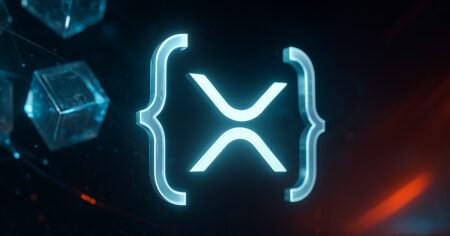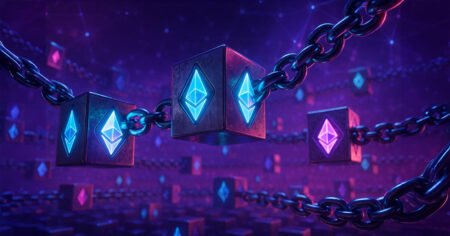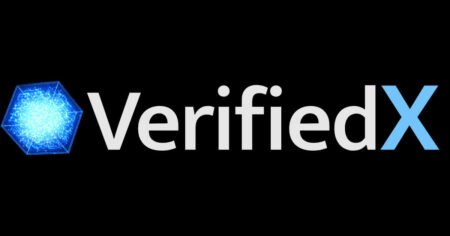Revolutionizing Execution Sharding with KRNL: A New Era for dApp Development
In the rapidly advancing world of blockchain technology, achieving scalability and performance remains a top priority. Blockchain sharding, the division of network activities into smaller, manageable components, is an essential solution to address these challenges. Among various sharding techniques, execution sharding stands out by breaking down the execution of smart contracts into more efficient segments. Tahir Mahmood, co-founder of KRNL, is leading the charge with an innovative approach that promises to redefine the execution sharding landscape. As they aim to solve key inefficiencies, KRNL’s flagship product, kOS, could be a game-changer for decentralized applications (dApps).
Understanding Execution Sharding in Web3
Traditionally, execution sharding relies heavily on environments like co-processors, which often introduce centralization and inefficiencies. As Tahir Mahmood explains, most current implementations operate at the wallet level, or involve entirely separate networks. This fragmentation not only complicates the transaction flow but also detracts from security. KRNL’s distinction lies in its native approach; instead of relying on ancillary processing environments, KRNL integrates sharding directly into the node’s transaction flow. This method not only streamlines processes but also inherently increases the security framework.
The Breakthrough of KRNL’s Approach
What sets KRNL apart from existing sharding solutions is its visionary take on execution sharding. While other projects might sharding at the consensus layer or delegate it to front-end wallets, this often leads to dissociation with the core architecture of Ethereum, resulting in security vulnerabilities. By focusing on a native solution, KRNL positions itself as unique in the market. The co-founder’s assertion that KRNL provides "a best-of-both-worlds scenario" symbolizes a major leap towards a secure yet efficient system. Here, the functionalities of various layer one and layer two chains can be exposed without conventional restraints, paving the way for a more versatile dApp development landscape.
The Superconnector: A New Paradigm for Developers
KRNL’s kOS, dubbed the “Superconnector,” opens unprecedented avenues for app builders. Unlike existing solutions like LayerZero, which focus on asset transfers, kOS offers limitless functionalities accessible by anyone, providing a more decentralized approach. This feature not only enhances performance but also ensures security remains uncompromised. App developers can now seamlessly tap into various chains without the overhead that has traditionally plagued multi-chain functionalities. The innovative design of kOS encourages a frictionless integration process, marking a significant move towards robust dApp ecosystems.
A Holistic Approach to Omni-Chain Execution Sharding
KRNL’s overarching vision aims to eliminate the inefficiencies tied to traditional solutions by enabling true omni-chain execution. As noted by Tahir, this approach allows developers to utilize existing environments without the burden of creating bespoke co-processors, which can complicate integrations. By fostering an ecosystem that encourages developers to build decentralized applications efficiently, KRNL positions itself as a pioneer in shaping industry standards for future dApps. This innovative environment not only democratizes dApp development but also creates an immediate impact on the industry.
Envisioning the Future with Tahir and KRNL
Tahir Mahmood’s aspirations extend beyond Ethereum, aiming to integrate KRNL technology across both EVM and non-EVM chains. The ultimate goal is to simplify the development process, enabling even those with minimal coding expertise to create sophisticated, feature-rich applications. By bridging functionalities between the blockchain and real-world applications, KRNL is setting the stage for the next generation of dApps. This holistic approach signifies a fundamental shift towards making blockchain technology accessible, efficient, and versatile.
Conclusion
KRNL’s innovative take on execution sharding is set to transform the landscape of decentralized applications, heralding a new era in Web3 development. By addressing existing challenges and offering a native integration approach, Tahir Mahmood and his team are establishing a framework that makes dApp creation simpler and more secure. The future of execution sharding, with its potential to foster robust real-world applications, lies in the hands of solutions like KRNL, which seek to empower developers in this ever-evolving technological frontier. As we watch this space evolve, it’s clear that KRNL’s vision could redefine how we engage with blockchain technologies in the years to come.
Disclosure: This is a sponsored post. Readers are encouraged to conduct their own research prior to making any decisions.

















